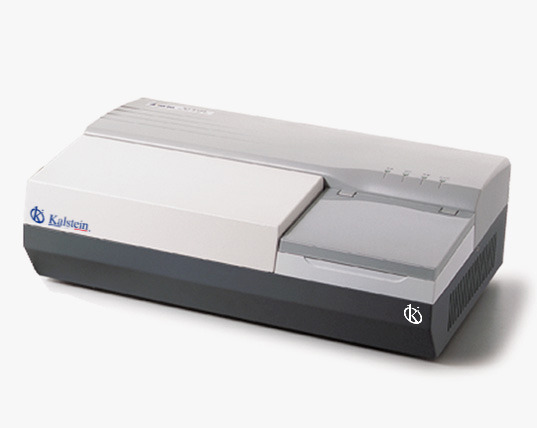In the realm of laboratories and scientific research, precision and efficiency are paramount. Microplate readers have emerged as crucial tools in achieving these objectives, offering advanced solutions for data analysis in various applications.
This article delves into the role of microplate readers in enhancing the quality of medical products and how they have helped companies and individuals achieve their goals through innovative laboratory solutions.
Introduction to Microplate Readers
Microplate readers are devices used in laboratories to measure biological, chemical, or physical properties of samples in microplates. These instruments have transformed the way scientists conduct assays and analyses, enabling the automation and miniaturization of processes that previously required significant time and resources.
The technology behind microplate readers allows for the detection and quantification of optical signals, such as absorbance, fluorescence, and luminescence, in multiple wells simultaneously. This high-throughput analysis capability is vital in areas such as biotechnology, pharmaceutical research, and clinical diagnostics.
Benefits of Microplate Readers in the Laboratory
One of the primary benefits of microplate readers is their ability to handle large volumes of data with precision and speed. This not only increases laboratory efficiency but also reduces the margin for human error, thereby improving the quality of the results obtained.
Additionally, microplate readers enable multiplexed assays, where multiple analyses can be performed on a single plate. This saves time and resources, facilitating faster and more cost-effective research. The ability to integrate these devices with advanced software also enhances data management and analysis, providing a comprehensive solution for the modern laboratory.
Common Applications of Microplate Readers
Microplate readers are used in a wide variety of applications, including biomedical research, pharmaceutical research, drug development, molecular biology, and analytical chemistry. In biomedical research, these devices are essential for quantifying nucleic acids and proteins, allowing detailed studies of gene expression and proteomics.
In drug development, microplate readers are used for enzyme activity detection, compound screening, and cytotoxicity analysis. These assays are crucial for identifying new drug candidates and evaluating their efficacy and safety before clinical trials.
Case Study: Improving the Quality of Medical Products
Initial Situation:
Biotech Solutions was facing significant challenges in improving the quality of its medical products. Traditional analysis methods were slow and prone to errors, affecting laboratory efficiency and the accuracy of results. This, in turn, limited the company’s ability to develop and launch new products to the market in a timely manner.
Intervention:
Biotech Solutions decided to invest in microplate readers to automate and enhance its analysis processes. They implemented several microplate readers in their research and development laboratories, integrating them with their existing data management software. This change allowed the company to conduct high-precision analyses in less time, significantly reducing the margin for error and improving result consistency.
Measurable Results and Testimonials
Measurable Results:
After implementing the microplate readers, Biotech Solutions observed a 40% improvement in the accuracy of their analyses and a 50% reduction in the time required to complete assays. This enabled the company to accelerate its product development cycle and bring new products to market 30% faster than before. Additionally, the ability to perform multiplexed assays increased laboratory productivity by 35%.
Testimonials:
Dr. Juan Pérez, Head of Research and Development at Biotech Solutions, comments: “The incorporation of microplate readers has been a revolutionary change for our laboratory. Not only have we improved the quality of our medical products, but we have also optimized our processes, allowing us to be more competitive in the market.”
María González, Laboratory Technician, adds: “Before using microplate readers, sample analysis was a tedious and slow process. Now, we can perform multiple assays simultaneously, significantly improving our efficiency and reducing work stress.”
Conclusion: The Future of Microplate Readers
The use of microplate readers in laboratories worldwide is constantly growing, driven by the need for faster and more accurate analyses. With the continuous advancement of technology, these devices are expected to become even more sophisticated, offering new functionalities and capabilities that will further enhance research and development in various scientific fields.
The integration of artificial intelligence and machine learning with microplate readers could lead to even greater automation and optimization, allowing laboratories to analyze complex data more efficiently and with higher precision. This technological progress will benefit not only biotechnology and pharmaceutical companies but also academic research and clinical applications, contributing to the development of quality medical products and advanced laboratory solutions.
Are you yearning for top-tier medical equipment, ready to enhance the efficiency of your laboratory? Visit https://kalstein.it/category-product/laboratory-line/microplate-reader/ to explore our high-end catalog, packed with the best finds at the most competitive prices. Excellence marks our brand, we innovate and manufacture high-precision equipment, both reliable and durable to meet your needs. Why wait? Make your quick and secure online purchase, take the leap towards the future of medical technology today. https://kalstein.it/

